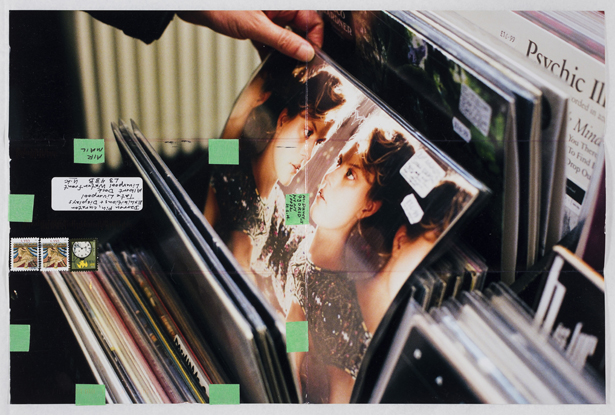For the New Yorker, Amanda Petrusich writes about the closure of East Village’s Other Music, and how the end of the record store speaks also to other, larger ends–the death of New York, the end of the expert shopkeep, the death of “curation,” as she puts it. Most interestingly, Petrusich writes about how the music nerds behind the counter at Other Music would seem insufferably pretentious to younger millennials today, especially given “they have come of age in an era in which intolerance is forcefully policed.” Though she seems correct in this assessment, it’s nonetheless difficult to imagine how youth counterculture would develop independent of our inveterate music snobs.
Read Petrusich in partial below, or in full via the New Yorker.
The store’s stock has always tended toward the abstruse. For many years, it was the only place in the city (and maybe on the East Coast) where you could find copies of great but commercially unpopular records: free jazz, certain strains of world music, Krautrock, long forgotten folk balladry. I bought my first albums by otherwise-unclassifiable artists like Arthur Russell and John Fahey at Other Music. I later read from my book about obscure 78 r.p.m. records there. Uncommon but extraordinary records were offered prominent shelf space, and serendipity was always in the air. Station yourself before the bins labelled “Out”—“Out” in the context of Other Music implied either intrepid or foolhardy experimentation, or maybe both—and see what calls to you.
I still don’t know anyone who has ever stepped into Other Music with total confidence. In the nineteen-nineties and well into the aughts, this was an enormous part of the store’s appeal. It was the bungee jump of shopping experiences: did you have the nerve, and could you survive the leap? Certainly, the need for a knowledgeable staff is less urgent these days—a smartphone will instantly tell you anything you want to know, and you don’t have to feel lethally embarrassed if it turns out you are asking a phone a dumb question—but, when I first started buying CDs there, as a teen-ager, it was hard to find a more astute, studied assemblage of music nerds than the crew lounging behind the counter. I found them so formidable as to be frightening. They did not abide musical foolishness, or bad taste.
To anyone born after me, this probably sounds like a hideously snobbish scene. As I’ve learned teaching music criticism to New York University students, subsequent generations have since adopted a lovely “Do you!” magnanimity when it comes to musical taste. Part of this might have to do with their instinctively inclusive temperaments—they have come of age in an era in which intolerance is forcefully policed—and part of it might have to do with the breakdown of genre, at least as it once existed in the record bins. There are no record bins anymore—no little plastic signposts signifying content, broadcasting a set of principles, musical and otherwise. Genre itself—or, more specifically, genre affiliation as a means of self-identification—feels like another End hovering in the atmosphere this week. No one is asked to choose one affiliation at the expense of another. Instead, it is perfectly normal, even expected, that a person might have a little bit of everything stacked up in her digital library. The idea of “Other Music” as it was conceived in 1995 is unknowable now.
*Image of Moyra Davey photograph of records via e-flux
